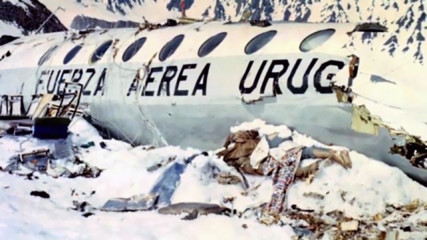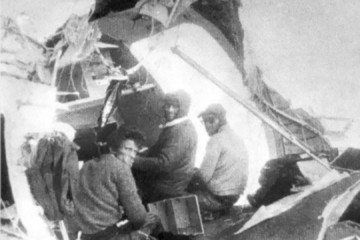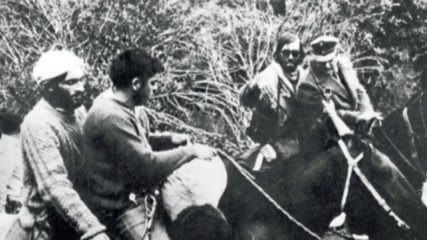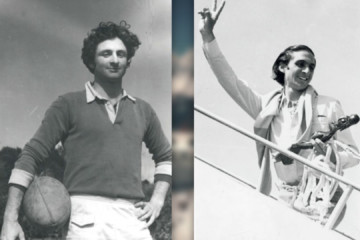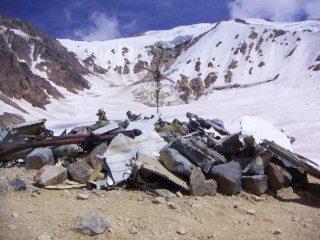
Roberto and Nando, survivors of the 1972 Andes plane crash, with the shepherd who rescued them.
The story
On December 21, 1972, two members of a rugby team from Uruguay – who had been walking through the snow-capped Andes mountains in search of civilization – encountered a shepherd.
They told him they had been in a plane crash and had been walking for ten days. They had no food and were weak. There were fourteen others still back on the plane.
The shepherd rode on horseback for eight hours to contact police, who sent helicopters to find the crash site.
It was over two months earlier, on October 13, 1972, when the chartered plane carrying the rugby team to Santiago, Chile, crashed in the Andes mountains.
Initially, 33 people remained alive. For 70 days, the survivors endured temperatures of 22 degrees below zero waiting for help. It never came.
(Story continues below)
PHOTOS: 1972 Andes plane crash
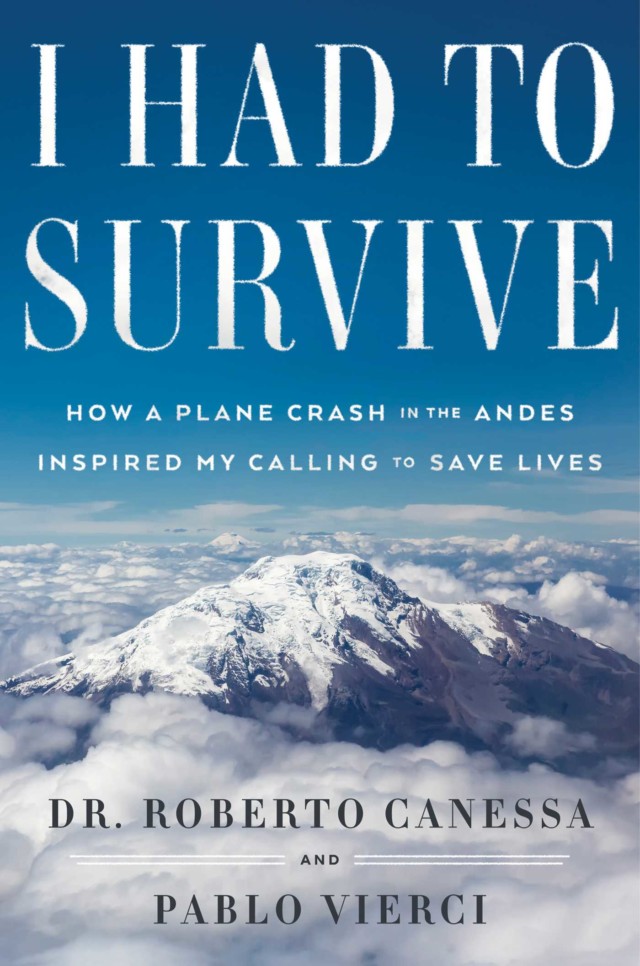 The story became famous for the fact that the passengers had to resort to cannibalism to continue to live, a moment dramatically recalled in the 1993 film “Alive” based on the historic event.
The story became famous for the fact that the passengers had to resort to cannibalism to continue to live, a moment dramatically recalled in the 1993 film “Alive” based on the historic event.
But cannibalism is only one part of this harrowing tale. As survivor Roberto Canessa explains:
“People are hooked by the cannibalism. And it’s okay. But we survived because we’re a team. We survived because we walked out of the mountains. We survived because you didn’t care how many times you fall. The important thing is how many times you stand up. And go back again.”
On the 45th anniversary of the rescue, Roberto Canessa remembers their agonizing ordeal for “Americas Now.” Dr. Canessa, a passenger turned life-saving doctor, was one of the two survivors who made the treacherous, death-defying trek that led to the meeting with the shepherd.
It was a journey that resulted in their fourteen remaining companions being saved on Dec. 23, 1972.
 CGTN America
CGTN America


